Tooth Extraction
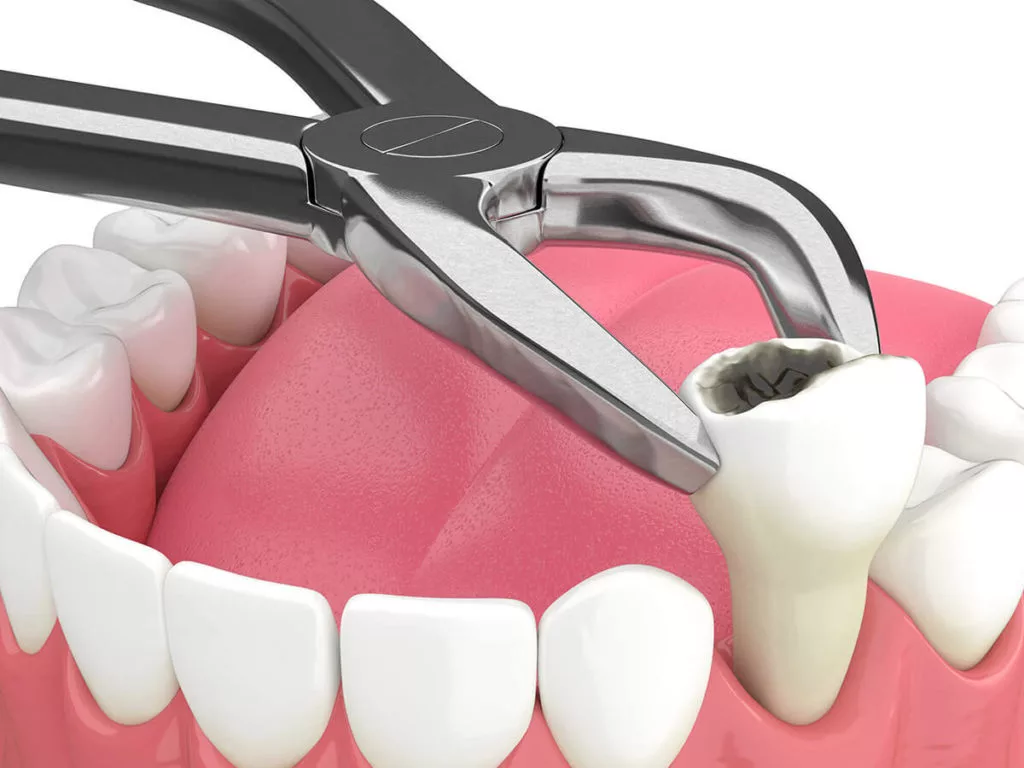
Tooth Extractionis a medical procedure that doctors resort to to solve certain health problems related to the teeth and mouth. Tooth extraction may be necessary in cases such as severe tooth decay, gum disease, or even crowded teeth. This procedure plays an important role in improving oral health and preventing further complications, and is an option that doctors resort to as a final solution after exhausting all other options. In this article, we will learn about the types of Tooth Extractionhow to prepare for this procedure, and post-extraction care tips to ensure a quick and healthy recovery.
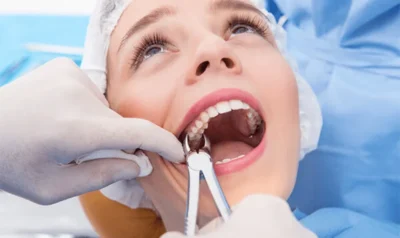
What Are the Types of Tooth Extraction?
There are two main types of Tooth Extraction:simple extraction and surgical extraction.
A simple extraction is used for teeth that are visible in the jaw, where the doctor uses special tools to grasp the visible part of the tooth and uses a lever and dental forceps to hold the tooth tightly, then moves it in calculated movements according to the condition of the tooth until it becomes free enough to extract it.
Surgical extraction requires making a surgical incision to lift the soft tissue covering the teeth and bone. In some cases, the doctor may need to scrape away part of the jawbone surrounding the tooth. Surgical extraction is used for teeth that are difficult to reach, such as teeth that are deeply broken or that have not fully grown in.
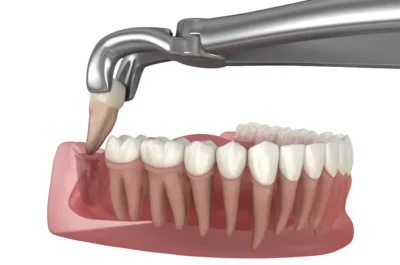
When Is Tooth Extraction Necessary?
Tooth Extraction may be necessary in many cases, and the most important reasons that lead to the need for tooth extraction are:
- Tooth or root infection with deep decay
- Not enough space for wisdom teeth
- The tooth has a fracture that extends below the gum line.
- The tooth is worn down without breaking.
- Severe gum diseases
- Creating space for tooth movement in orthodontics.
- The inflammation or abscess that can't be treated by a root canal.
- The appearance of a wisdom tooth.
- Impacted teeth.
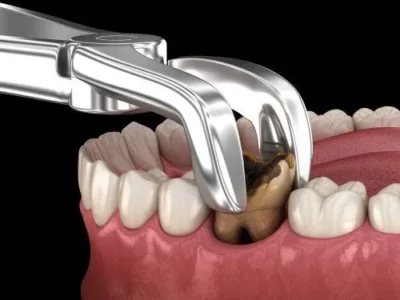
Before Having Teeth Extracted:
Before performing a tooth extraction, the doctor needs to take dental X-rays to accurately determine the condition of the tooth. In some cases, the patient may need a special panoramic or CT scan, to enable the doctor to more accurately assess the tooth injury and ensure that there is no possibility of saving the tooth by any other means.
If the patient has endocarditis, such as in people with artificial heart valves, the doctor will recommend taking antibiotics before the tooth extraction to prevent infection. People with blood clotting disorders should also undergo tests to avoid any unexpected bleeding during or after the procedure.
Restoration After Tooth Extraction:
After a tooth is extracted, it is important to replace it to avoid many complications and health problems. There are several options available to replace missing teeth:
- Agriculture: A metal base is inserted into the jaw, and a crown, bridge or denture is attached to it. This method provides a permanent, stable solution that resembles natural teeth.
- The BridgeOne or two teeth are replaced with a metal tooth that is attached to the adjacent teeth using a crown. This option is ideal if only a few teeth are missing.
- Full upper denture: It is used in case of extraction of all the teeth of the upper jaw and replaces all the missing teeth in this jaw.
- Full lower dentureIt is used in the case of extraction of all the teeth of the lower jaw, and replaces all the missing teeth in this jaw.
- immediate denturesThis set is prepared before extraction and is installed immediately after tooth extraction, providing a quick solution for the patient.
- Partial removable denture: It is used in the case of tooth extraction and is a flexible option that can be easily removed and cleaned.
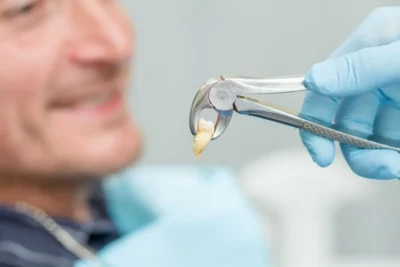
Important Tips to Follow After Tooth Extraction:
After tooth extraction, there are several tips that must be followed to ensure a quick recovery and avoid complications:
- Apply pressure to the extraction site: Place a piece of gauze over the extracted tooth and press it for several hours to reduce bleeding.
- Avoid gargling, smoking, and spitting: These activities can stimulate bleeding and hinder the healing process.
- Elevate your head and rest: Sit in a comfortable bed with your head elevated for 12 hours after the extraction. It is important to get 8-10 hours of sleep each night to promote healing.
- Avoid strenuous activity: Do not do any strenuous activity during the first 24 hours after the extraction to avoid opening the wound.
- Salt water gargle: After 24 hours of extraction, use a solution of salt and warm water to sterilize the wound and prevent infection.
- Avoid hot foods: Do not eat or drink hot foods or drinks for the first 24 hours as they may stimulate bleeding.
- Drink fluids and eat soft foods: Drink plenty of water and fruit juice and eat soft foods rich in protein.
- Brush your teeth carefully: Continue to brush your teeth as usual, avoiding the extraction area for the first few days.
- Take painkillers: Use painkillers prescribed by your doctor to relieve pain.
- Avoid eating on the extraction area: Do not eat on the side where the tooth was extracted for the first few days.
- Do not pick at the wound: Avoid touching the wound with your tongue or fingers to avoid irritation and infection.
For effective tips on how to maintain your oral health and prevent tooth damage, read our article on: The Importance of Daily Dental Care: Tips and Tools for Maintaining Your Oral Health
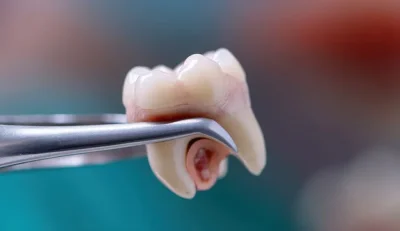
Finally:
Ultimately, tooth extraction is a necessary medical procedure in some cases to maintain oral and dental health. Although the extraction process may seem annoying, it aims to eliminate problems that may negatively affect oral health. By following the advice and instructions provided by your dentist after extraction, you can reduce pain and complications and speed up the healing process. Remember that taking good care of your oral and dental health contributes greatly to maintaining your smile and overall health. Therefore, do not hesitate to consult your dentist regarding any questions or problems related to tooth extraction to ensure the best possible health care.
Please enter your data correctly
We will contact you as soon as possible.

